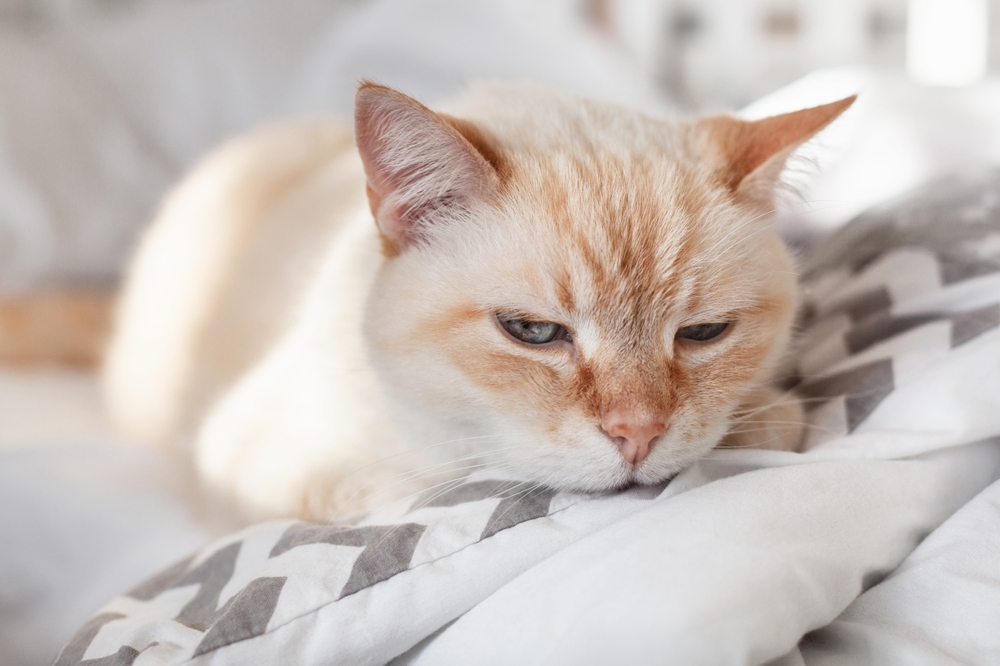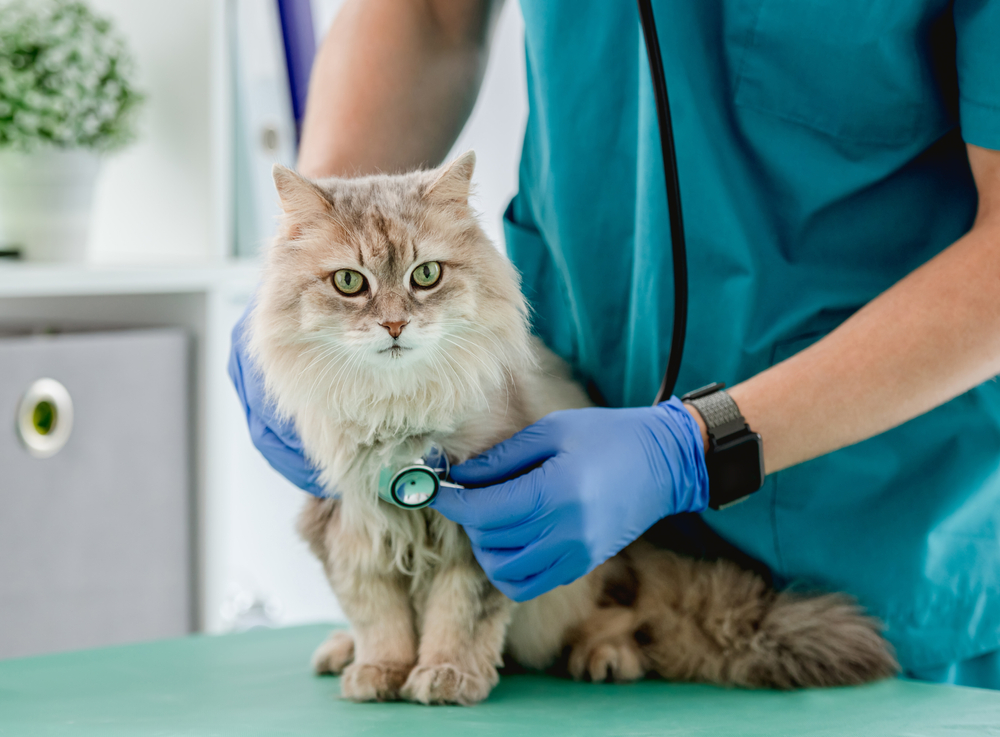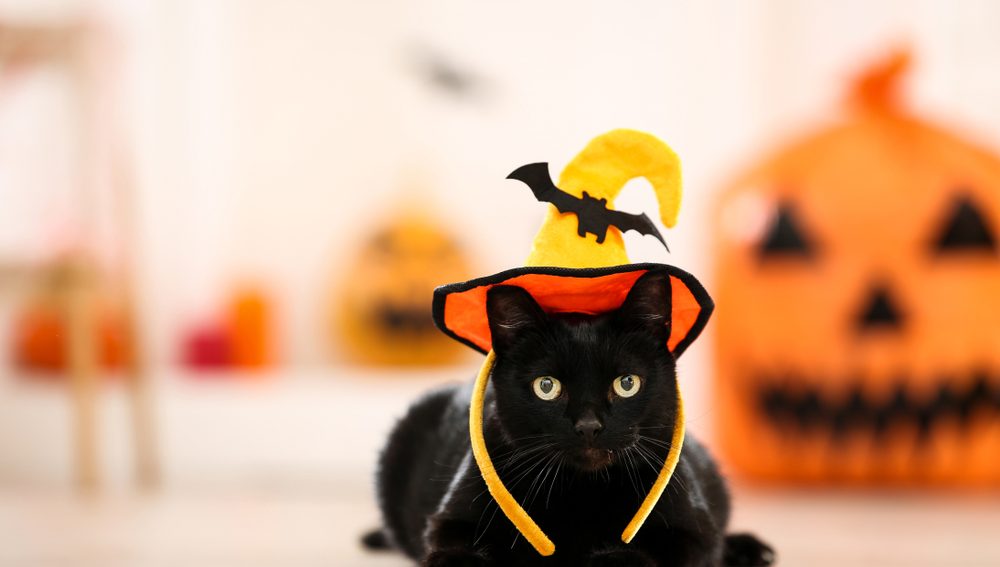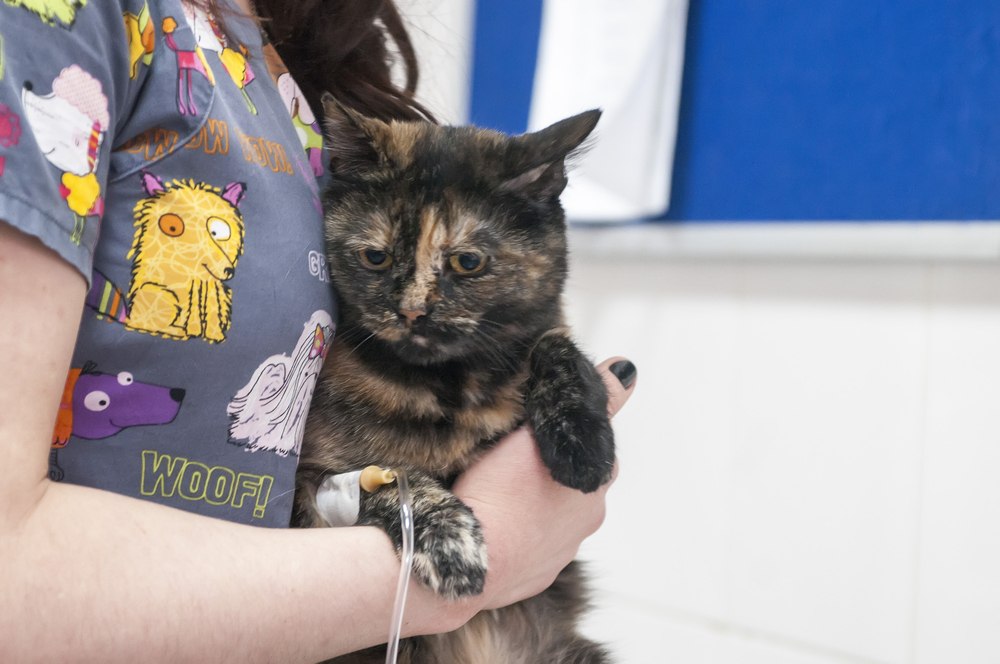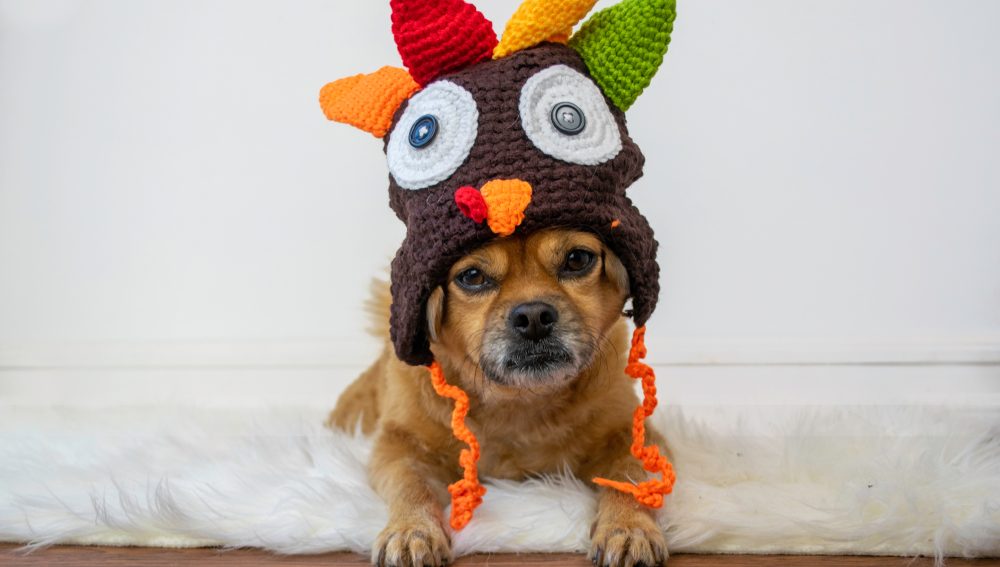
Ensuring Pet Safety This Thanksgiving: Expert Guidance from Harbor Pines Veterinary Center
Thanksgiving is a time for celebration, but it’s also full of potential hazards for our beloved pets. At Harbor Pines Veterinary Center in Harbor City, California, we know how important it is to keep your pets safe during the festivities. That’s why we’ve put together this guide to help you avoid common Thanksgiving risks and ensure your holiday is safe and enjoyable for everyone in your home, including your pets.
Common Thanksgiving Hazards for Pets
While sharing your Thanksgiving feast with your pets might seem like a good idea, many traditional holiday foods can be dangerous for them. Here’s what you need to avoid:
- Toxic Foods: Chocolate, xylitol (often found in sugar-free gums and desserts), onions, garlic, grapes, and raisins are all toxic to pets. These ingredients can lead to serious health problems, such as kidney failure or digestive issues in dogs.
- Turkey Bones: While turkey may be a centerpiece of your meal, bones from the bird can splinter and cause choking or serious gastrointestinal injuries.
- Rich, Fatty Foods: High-fat foods like turkey skin and gravy can trigger pancreatitis in pets, a painful and sometimes life-threatening condition. Learn more about this condition in our Pancreatitis in Pets FAQ.
For more detailed information on which foods are dangerous for your pets, visit the AVMA’s Thanksgiving Pet Safety Guide and the ASPCA’s Holiday Safety Tips.
Non-Food Related Thanksgiving Hazards
The dangers during Thanksgiving aren’t just limited to food. Decorations, plants, and the general hustle and bustle can also pose risks:
- Decorations and Plants: Watch out for toxic plants like lilies and poinsettias. Additionally, candles and electric decorations can lead to burns or electrical shocks if curious pets get too close.
- Anxiety and Stress: The excitement of guests can sometimes be overwhelming for pets, leading to anxiety. Look out for signs like excessive grooming, licking, or hiding. If your pet seems more itchy than usual, check out our article on Why is My Pet Itchy? first to learn about other reasons your pet may be experiencing the need to groom excessively.
- Escape Risks: With guests constantly coming and going, doors may be left open, providing an easy escape route for pets. Ensure your pet is microchipped and that your home is secure.
How to Include Your Pet in Thanksgiving Safely
You don’t have to leave your pets out of the celebration. With a few adjustments, they can join the fun:
- Create a Safe Space: Set up a quiet room where your pet can retreat if the holiday commotion gets overwhelming.
- Healthy Treats: Stick to pet-safe treats like small pieces of plain turkey (without bones or skin), cooked carrots, or a spoonful of plain pumpkin. These can make your pet feel included while keeping them safe.
- Maintain Their Routine: Keep your pet’s feeding and exercise schedule as close to normal as possible to reduce stress.
Emergency Preparedness During Thanksgiving
Even with the best intentions, accidents can happen. Being prepared is key:
- Know the Signs of Distress: Watch for changes in behavior, vomiting, or diarrhea, which could indicate something is wrong.
- Vet Availability: Be sure to check our location and hours in case of emergencies. It’s also a good idea to have the contact information for a nearby emergency veterinary clinic on hand.
- Save Our Contact Info: Keep the phone number of Harbor Pines Veterinary Center handy for any urgent concerns.
Harbor Pines Veterinary Center: Your Partner in Pet Safety
At Harbor Pines Veterinary Center, we’re here to support you and your pets not just during the holidays but year-round. From preventive care to emergency services, our team is ready to assist you. You can easily schedule a check-up or consultation through our appointment request page.
Thanksgiving is a wonderful time to reflect on what we’re grateful for, including our pets. By taking a few simple precautions, you can make sure the holiday is safe and enjoyable for all members of your household. If you have any concerns or need advice, Harbor Pines Veterinary Center is here for you. Wishing you a joyful and pet-safe Thanksgiving!

